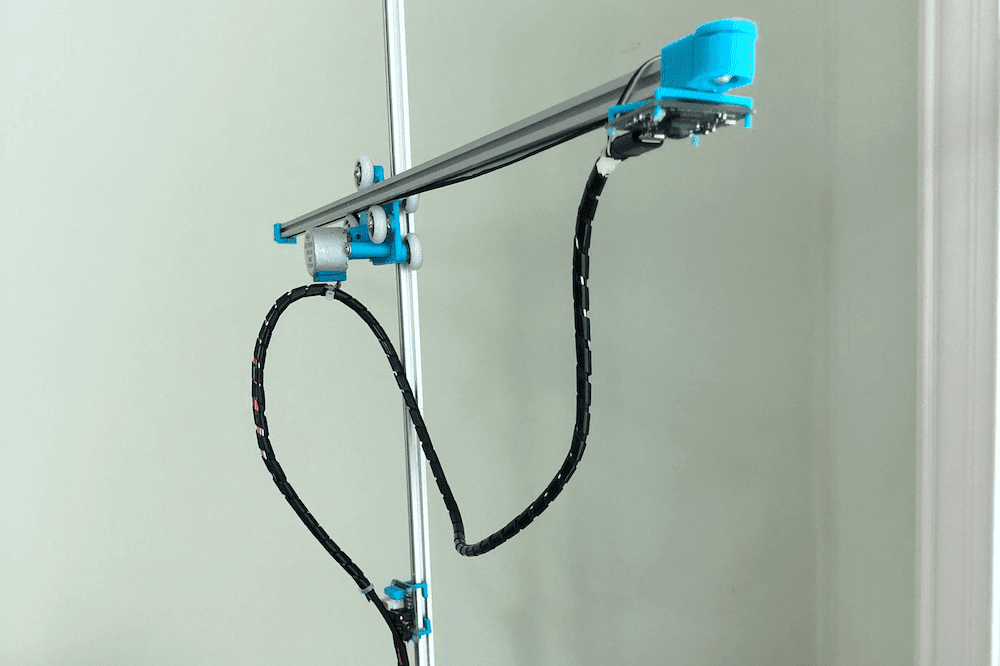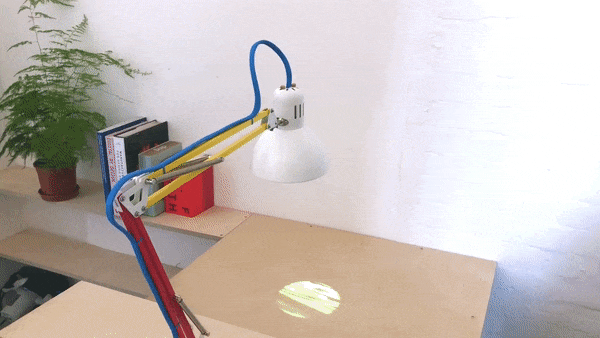Schlagwort: lighting
-

This unique wall sconce welcomes you home with warm light
Reading Time: 2 minutesHave you ever walked through your front door after a long day of work and realized that your home just isn’t as inviting as it seems like it should be? While it may not work miracles, some nice and welcoming lighting can make a big difference. That’s why Lauren Palazzi made this…
-

Syncing tunes to Christmas tree lights with the Arduino Opta
Reading Time: 2 minutesWe all know that one neighbor who always goes the extra mile when decorating for the holidays, and after taking inspiration from these large displays of light and sound, Marcelo Arredondo, Andres Sabas, and Andrea ZGuz of the Electronic Cats crew decided to build a smaller version for their Christmas tree using the Arduino Opta micro PLC.…
-

ECLIPSE is a beautiful ring lamp that lightens progressively
Reading Time: 2 minutesHave you ever exited a dark movie theater in the middle of the afternoon and found yourself blinded by the sudden transition to bright sunlight? Etienne Leroy faces the same problem after watching a movie on his home projector and turning on the lights. Because those lights are intense and instantly come…
-

A hand-following AI task lamp for your desk
Reading Time: < 1 minuteA hand-following AI task lamp for your desk Arduino Team — July 15th, 2020 As you work on a project, lighting needs change dynamically. This can mean manual adjustment after manual adjustment, making do with generalized lighting, or having a helper hold a flashlight. Harry Gao, however, has a different solution…
-

An interactive wall map with DMX programmable lights and visual ‘narration’
Reading Time: 2 minutesAn interactive wall map with DMX programmable lights and visual ‘narration’ Arduino Team — September 26th, 2019 Non-profits can do great work, and in order to help others visualize the needs they serve and what they are doing, Jason Wolin came up with an amazing map for his organization. The massive map…
-

Synchronized bike lighting inspired by nature
Reading Time: 2 minutesSynchronized bike lighting inspired by nature Arduino Team — June 18th, 2019 Having a light on your bike at night is important for safety, but what if those headlights could talk to others sharing the road with you? Well now it can, using the [Bike] Swarm by Alex Berke, Thomas Sanchez, and…
-

Augmented-reality projection lamp with Raspberry Pi and Android Things
Reading Time: 3 minutesIf your day has been a little fraught so far, watch this video. It opens with a tableau of methodically laid-out components and then shows them soldered, screwed, and slotted neatly into place. Everything fits perfectly; nothing needs percussive adjustment. Then it shows us glimpses of an AR future just like the…






